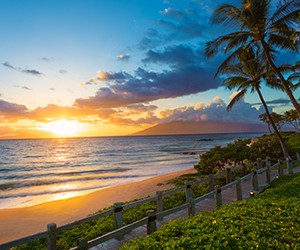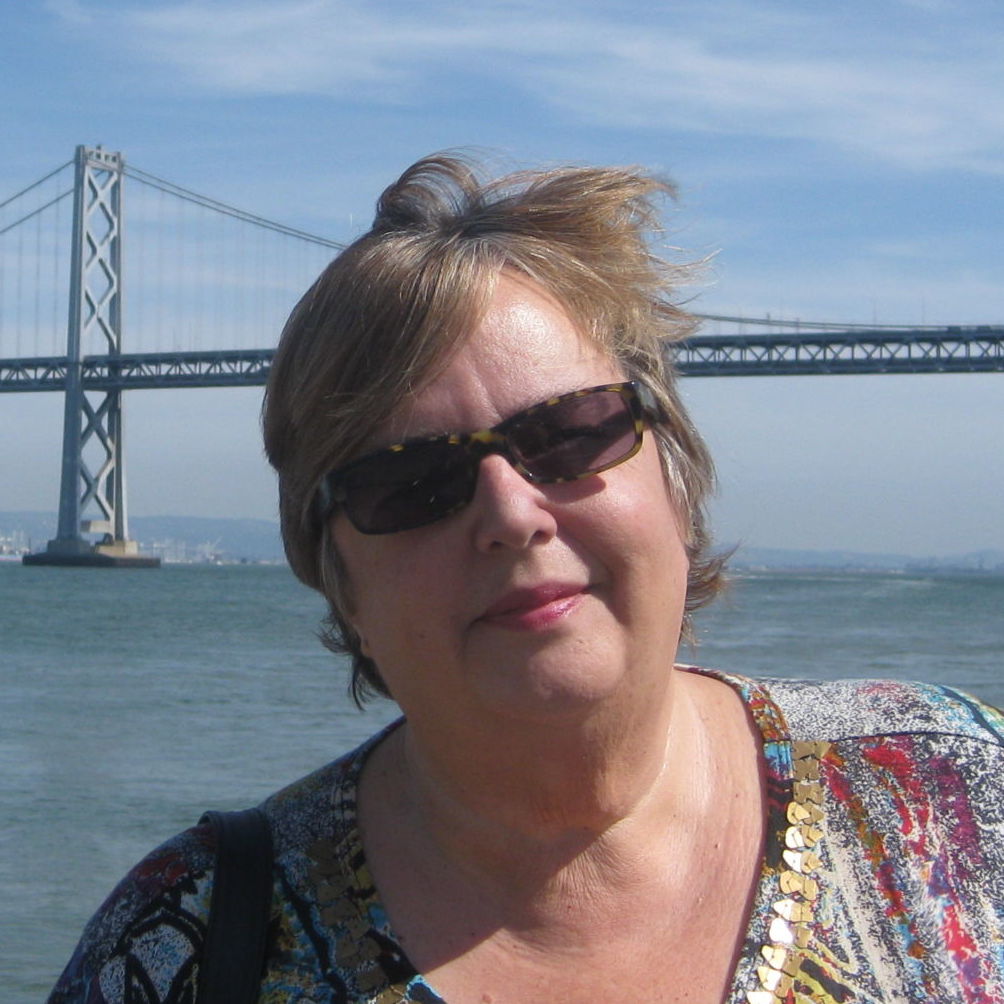Once a single landmass before they split apart eons ago, the islands of Maui, Lanai and Molokai comprise a region known in Hawaiian culture as Maui Nui, or “Big Maui.” Today these very diverse islands complement one another, each offering a distinct atmosphere and environment all its own.
Maui is a blend of sophistication and down-home appeal, where world-class beachfront resorts are within easy reach of rustic upcountry towns with an artsy and paniolo (cowboy) vibe. While the most developed Hawaiian island after Oahu, Maui is also home to some of Hawaii’s most pristine areas, including the waterfalls and macadamia forests of Hana and the mysterious cloud-shrouded summit at Haleakala National Park, domain of the elusive ne ne, the small goose that is Hawaii’s state bird.
Lanai and Molokai, the smallest of the state’s six major islands, are each in its own way a window onto an earlier and less developed Hawaii. Lanai has made a successful transition from pineapple agriculture to tourism, offering two luxury resorts set harmoniously into an unspoiled environment of remote beaches, red-dirt mountain trails and pine forests.
Molokai, which has resisted resort development and has no traffic lights anywhere on the island, is the place where visitors, including residents of the other islands, go to experience the “real” Hawaii.
“All three of our islands offer a totally different experience,” says Terryl Vencl, executive director of the Maui Visitors Bureau. “While a group will typically be based on just one island, we encourage them to at least take a day trip to one of the others.”
Maui
Maui is looking forward to a banner year for meetings and incentive business, according to Vencl.
“We had a good 2015, and 2016 looks good as well, particularly for incentives in the medical and insurance fields,” she says. “Companies are clearly investing in incentive programs once again.”
While the bulk of Maui’s group business comes from the West Coast, Vencl says added airlift and improved connections bode well for strengthening the East Coast and Midwest markets.
“We got a great boost in December with the addition of service on Virgin America from San Francisco,” she says. “Virgin has great feeder markets into San Francisco, so we hope that will encourage more people to come to Maui.”
As a further inducement, the Maui Visitors Bureau recently introduced a promotional program for meetings that offers additional amenities based on the number of room nights booked.
In general, planners will find the best value and flexibility at resorts during the shoulder seasons, which are typically April through June and from the end of September until the beginning of the holidays, according to Vencl.
She also advises planners to “build in plenty of free time” for meetings on Maui and to use the bureau as a resource for itinerary ideas.
“There is an incredible variety of things to see and do on Maui, whether it’s ziplining, whale watching or exploring our small towns,” Vencl says. “It’s not unusual for people to bring their families along to the meeting or to extend their stay.”
PageBreak
Lanai
With the unveiling of a major renovation of the Four Seasons Resort Lanai, the former “Pineapple Island” is about to enter a new chapter. Acquired by Larry Ellison in 2012, the Oracle billionaire is making a substantial investment in taking the island’s already deluxe resort infrastructure to new heights.
The Four Seasons Resort Lanai, formerly the Four Seasons Resort Manele Bay, closed for renovation last June and is set to reopen this month with additional suites, redone guest rooms, a new lagoon-style pool, a botanical garden and a refreshed and reconfigured conference center.
Its sister property, the Lodge at Koele, is expected to reopen in late 2016, but no details of its renovation have yet been announced.
Meetings, particularly incentive groups and board retreats, are expected to comprise about 25 percent of overall business at the Four Seasons Resort Lanai, about the same as before the renovation, according to resort spokeswoman Lori Holland.
While groups of 90 or less are being targeted during the island’s peak months of January through May, the 217-room resort can comfortably handle larger groups of up to 150 during the summer.
“The fall months even allow for hotel buyouts should a group want to have a complete island experience to themselves,” Holland says.
While rack rates at the resort will start at $950 for a garden view room, introductory rates and packages will be available for groups.
“We will have a great group value offer valid for selected dates in 2016,” Holland says. “It includes four VIP round-trip airport transfers and a one-hour welcome reception with the purchase of a banquet dinner.”
Groups will find new culinary experiences awaiting them at the resort, including sushi-making classes and sake tastings at Nobu Lanai, the restaurant operated by celebrity chef Nobu Matsuhisa. Also available are tours of nearby Alberta’s Farm, which provides the hotel restaurants with most of its fresh produce, and where groups can harvest ingredients for a chef to prepare for their dinner. The resort also has a new private dining venue for small groups called The Botanica, an area alongside a koi pond overlooking the botanical garden.
Molokai
For small groups looking for a laid-back atmosphere, Molokai offers several condominium properties and one full-service hotel, the Hotel Molokai. Managed by Beachtree Properties, the hotel’s South Seas-style guest rooms offer Wi-Fi access, kitchenettes and private lanais.
“The Hotel Molokai can be bought out, making it a great option for groups of about 50 or less,” Vencl says.
Molokai also offers plenty of places to explore, including Kaunakakai, a genuine country town of tin-roof buildings where visitors can shop for island-grown coffee and macadamia nuts and sample the famous bread at the Kanemitsu Bakery.
A stunningly isolated spot guarded by the world’s highest seacliffs, Kalaupapa National Historic Park is devoted to the history of Saint Damien and his work with the sufferers of Hansen’s Disease (leprosy) in the 19th century. A thrilling way to reach Kalaupapa is by taking a mule ride down the 26 switchbacks, a journey with breathtaking views of the peninsula below.







